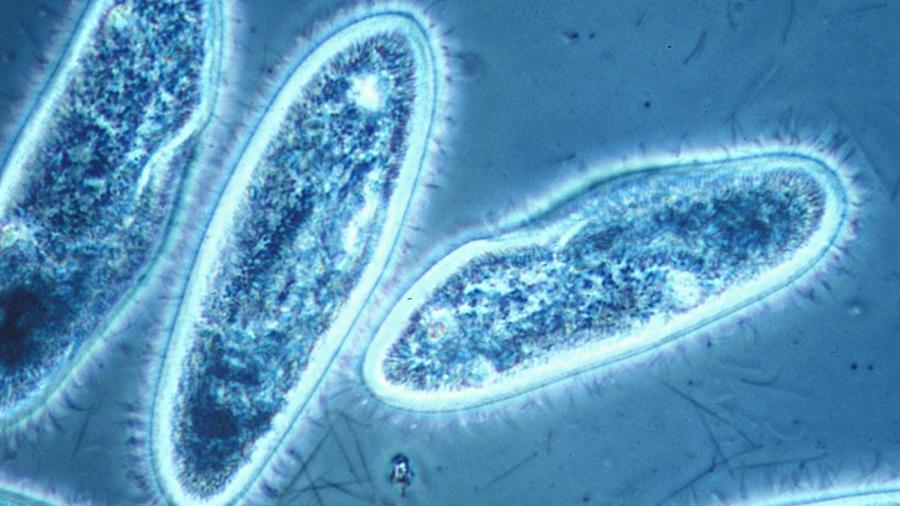How Do Protists Get Energy?

Some protists produce their own food through photosynthesis, while others obtain energy by consuming particles of organic substances, viruses and bacteria. Some protists have the unique ability to obtain nutrition using both processes; when sunlight is plentiful, they use the autotrophic method of nutrient acquisition (photosynthesis) and feed off organic materials in dark or low light conditions.
Protists, like high plants and some types of bacteria, have the ability to photosynthesize. They do so by absorbing light and heat from the sun’s rays, which combines with water in their vascular systems to form glucose, which is a type of sugar that protists use for energy. Most protists that perform photosynthesis live on land, although several sea-dwelling species use this tactic too. The method through which protists derive energy is used to classify them into different groups. Photosynthetic and chemosynthetic autotrophs are groups of protists that use photosynthesis to create energy. Heterotrophs, on the other hand, are divided into classes of fungi that obtain minerals and nutrients by either ingestion or absorption. Heterotrophs using ingestion consume particles of food by taking them into their bodies where they are digested by enzymes. Absorption heterotrophs derive energy by secreting digestive enzymes outside their bodies then absorbing nutrients.





